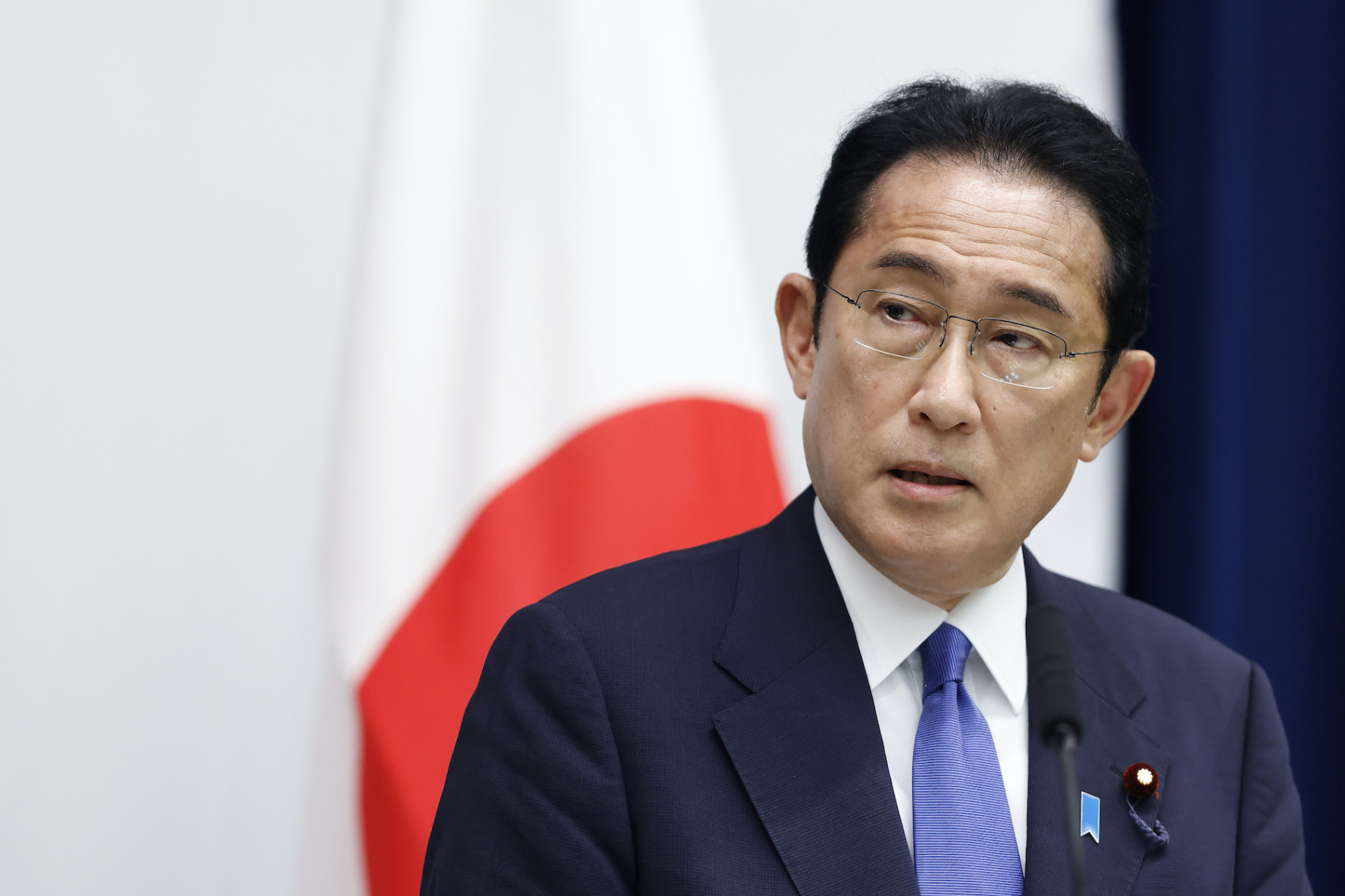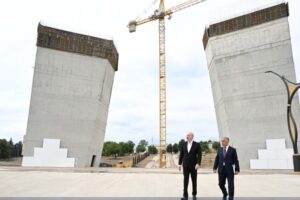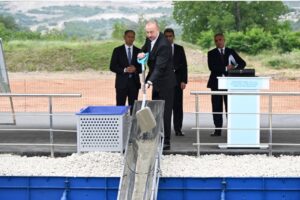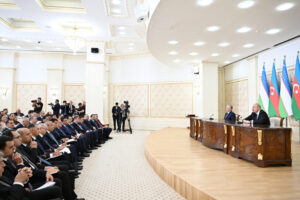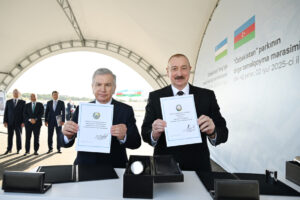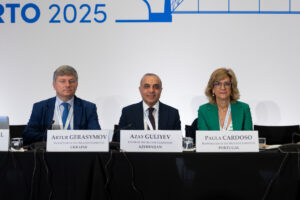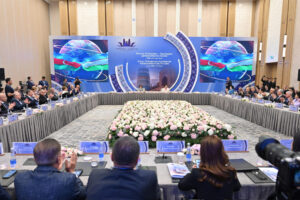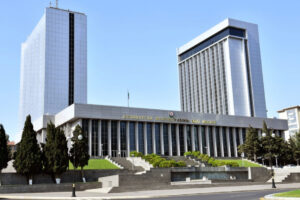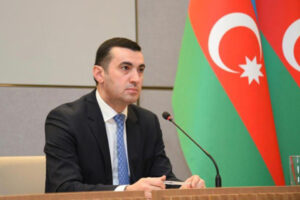Tokyo, 13 September, /AJMEDIA/
Japanese Prime Minister Fumio Kishida’s unimpressive Cabinet reshuffle is unlikely to boost his popularity, preventing him from dissolving the lower house for a snap election soon to solidify his political base, pundits said.
Also, a planned pump-priming economic package might not work as well as the government expects, while skepticism has been growing about whether his diplomatic ambition of holding a summit with North Korean leader Kim Jong Un will materialize.
Kishida has been eager to dissolve the House of Representatives as early as the end of this year, as he has been trying to bolster his political clout by winning the general election, aiming to be re-elected as president of the ruling Liberal Democratic Party.
But Kishida may face difficulties in determining the optimal timing for the lower house dissolution before the LDP presidential race scheduled for September 2024, as factors that could lead to the restoration of trust in his Cabinet are limited, the pundits said.
Although the next lower house election is not required to be convened until 2025, the prime minister possesses the constitutional authority to dissolve the chamber at any time and call for a general election, a significant element in Japan’s political landscape.
Approval ratings for Kishida’s government have remained low, largely attributed to problems with the My Number national identification card system, as well as public frustration over rising energy and daily necessities costs without corresponding wage increases.
With the ratings hovering just above 30 percent, widely regarded as a “danger level,” Kishida sought to achieve positive diplomatic outcomes by attending summits with the Association of Southeast Asian Nations and the Group of 20 major economies earlier this month.
Specifically, Kishida endeavored to secure China’s understanding regarding the safety of the discharge of treated radioactive water from the Fukushima nuclear plant into the sea, which began on Aug. 24. A catastrophic earthquake and tsunami crippled the plant in March 2011.
Kishida, however, was unable to persuade China, and during his week-long trip to Indonesia and India to join the ASEAN and G-20 summits, Sunday’s announcement of his personnel reshuffle plan ended up drawing the most public attention.
After returning to Japan, Kishida revamped his Cabinet and the LDP executive lineup on Wednesday, a strategy that previous prime ministers have employed to rejuvenate the image of their governments when approval ratings started to drop.
However, this approach has also carried the risk of gaffes and scandals involving new ministers.
After Kishida revamped his team last summer, four Cabinet members resigned by the end of 2022 in the wake of revelations of dubious ties with a controversial religious group and political funds scandals, painting his government into a corner.
Reflecting on the past, Kishida retained key figures in both his Cabinet and the party, including LDP Secretary General Toshimitsu Motegi and Vice President Taro Aso, a former prime minister, with the aim of ensuring the stability of his administration.
The move could help the Cabinet avert risks, but Shinichi Nishikawa, a political science professor at Meiji University, said Kishida ultimately failed to convey “a sense of refreshment” to the public, leaving the impression that “nothing” has changed.
While the easiest way to raise public expectations for a new Cabinet is often thought to be the appointment of female or junior lawmakers to key posts, Nishikawa pointed out that it might be challenging for Kishida to identify individuals who are both “reliable” and qualified to serve as ministers.

